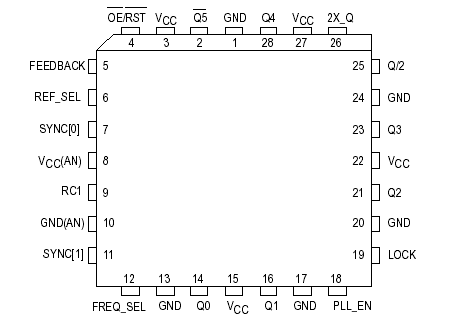MC88LV915T: Features: • Five Outputs (Q0Q4) with OutputOutput Skew < 500 ps each being phase and frequency locked to the SYNC input• The phase variation from parttopart between the SYNC and FEED...
floor Price/Ceiling Price
- Part Number:
- MC88LV915T
- Supply Ability:
- 5000
Price Break
- Qty
- 1~5000
- Unit Price
- Negotiable
- Processing time
- 15 Days
SeekIC Buyer Protection PLUS - newly updated for 2013!
- Escrow Protection.
- Guaranteed refunds.
- Secure payments.
- Learn more >>
Month Sales
268 Transactions
Payment Methods
All payment methods are secure and covered by SeekIC Buyer Protection PLUS.

 MC88LV915T Data Sheet
MC88LV915T Data Sheet







